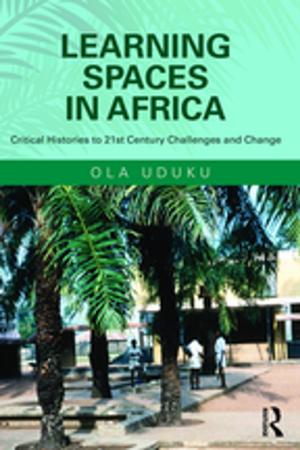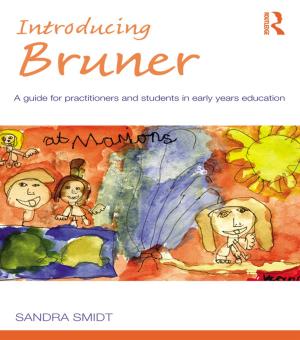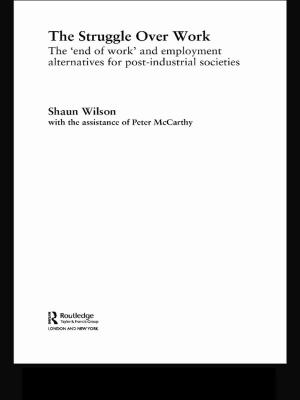Integrating Science, Technology, Engineering, and Mathematics
Issues, Reflections, and Ways Forward
Nonfiction, Reference & Language, Education & Teaching, Educational Theory, Curricula, Teaching, Teaching Methods| Author: | ISBN: | 9781136636684 | |
| Publisher: | Taylor and Francis | Publication: | May 23, 2012 |
| Imprint: | Routledge | Language: | English |
| Author: | |
| ISBN: | 9781136636684 |
| Publisher: | Taylor and Francis |
| Publication: | May 23, 2012 |
| Imprint: | Routledge |
| Language: | English |
How can curriculum integration of school science with the related disciplines of technology, engineering and mathematics (STEM) enhance students’ skills and their ability to link what they learn in school with the world outside the classroom?
Featuring actual case studies of teachers’ attempts to integrate their curriculum, their reasons for doing so, how they did it, and their reflections on the outcomes, this book encourages science educators to consider the purposes and potential outcomes of this approach and raises important questions about the place of science in the school curriculum. It takes an honest approach to real issues that arise in curriculum integration in a range of education contexts at the elementary and middle school levels. The clear documentation and critical analysis of the contribution of science in curriculum integration—its implementation and its strengths and weaknesses—will assist teachers, science educators, and researchers to understand how this approach can work to engage students and improve their learning, as well as how it does not happen easily, and how various factors can facilitate or hinder successful integration.
How can curriculum integration of school science with the related disciplines of technology, engineering and mathematics (STEM) enhance students’ skills and their ability to link what they learn in school with the world outside the classroom?
Featuring actual case studies of teachers’ attempts to integrate their curriculum, their reasons for doing so, how they did it, and their reflections on the outcomes, this book encourages science educators to consider the purposes and potential outcomes of this approach and raises important questions about the place of science in the school curriculum. It takes an honest approach to real issues that arise in curriculum integration in a range of education contexts at the elementary and middle school levels. The clear documentation and critical analysis of the contribution of science in curriculum integration—its implementation and its strengths and weaknesses—will assist teachers, science educators, and researchers to understand how this approach can work to engage students and improve their learning, as well as how it does not happen easily, and how various factors can facilitate or hinder successful integration.















